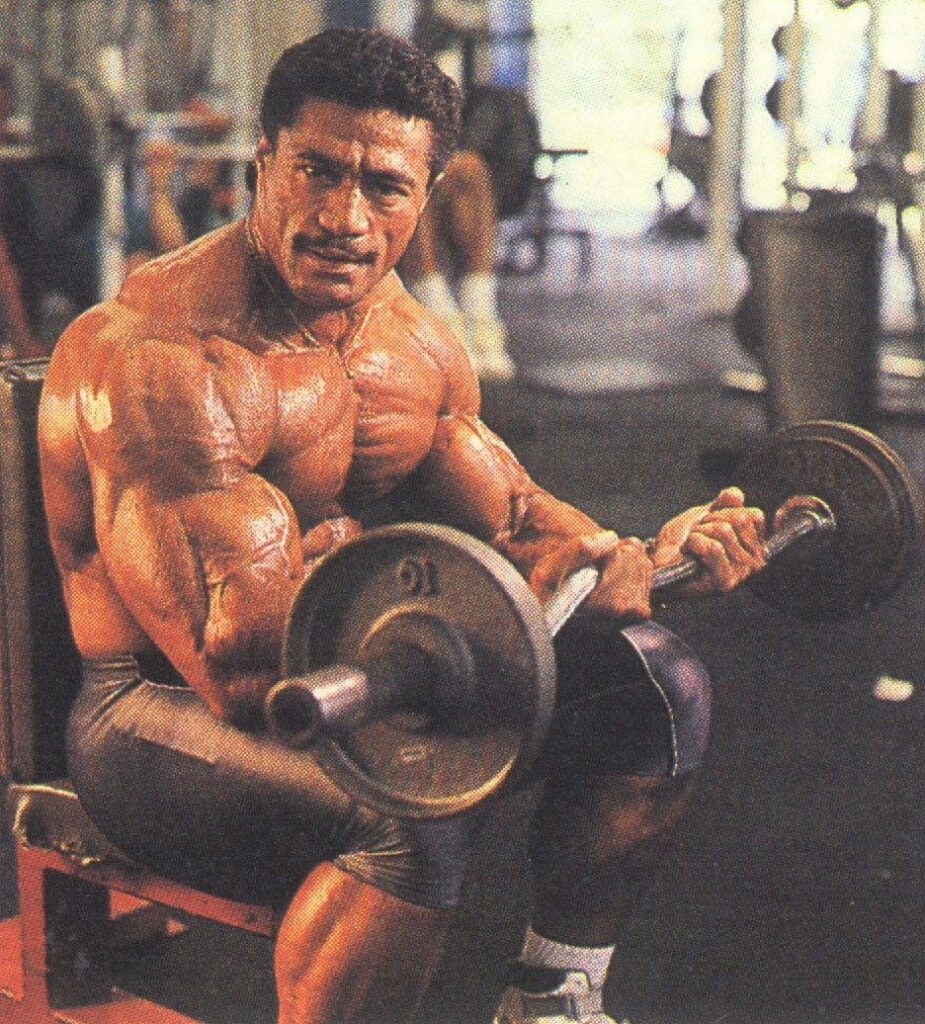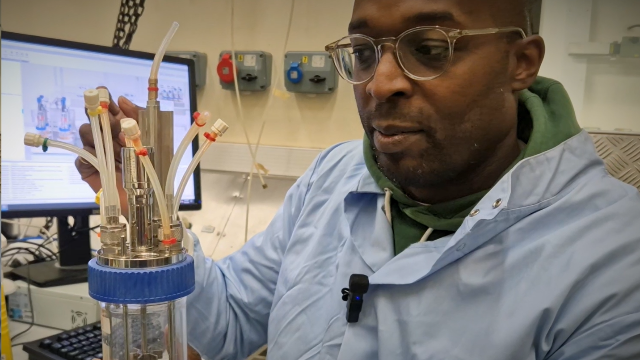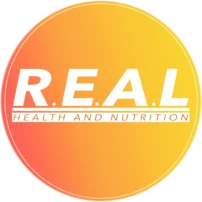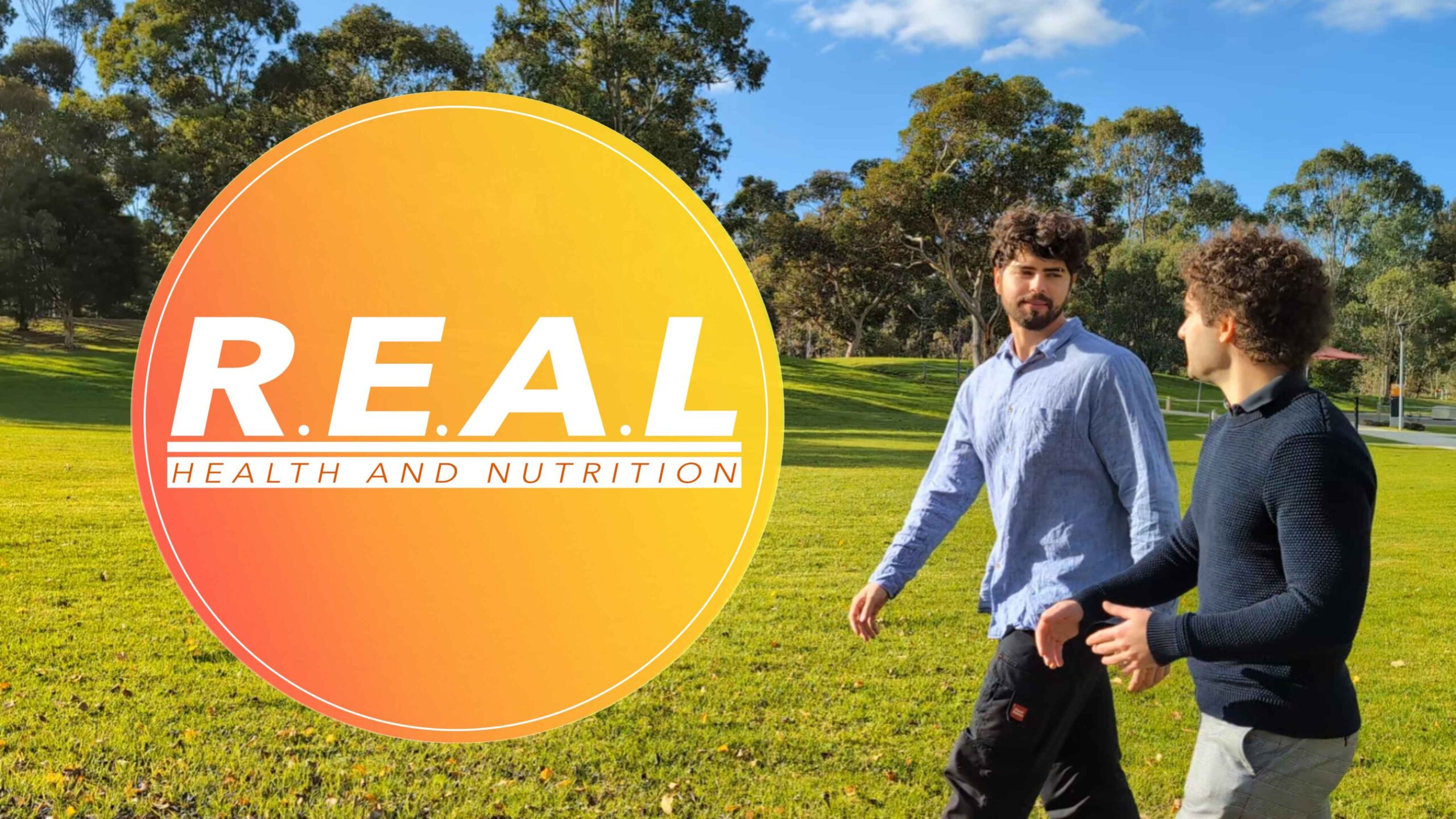Humans are naturally inclined to identify with groups. You can see it everywhere—political parties, sports teams, even brand loyalty. In almost every area of life, people seek belonging and, often, truth through collective identity.
Hypertrophy training is no exception. Within this space, two dominant camps emerge: the “bro science” community and the “evidence-based” community. Each group believes its approach to training and nutrition is the most effective path to muscle growth.
Broscience: Strenth In Anecdote
The bro science crowd tends to rely on anecdotal wisdom. You’ll often hear statements such as, “If it’s good enough for Ronnie Coleman, it’s good enough for me,” or, “Would you rather learn to play tennis from Roger Federer or someone who’s only read 100 books on the sport?” These statements feel persuasive—especially when they come from visibly muscular people.

This group often questions the legitimacy of scientific research. Sometimes, with good reason. When studies challenge their methods, researchers are dismissed as out-of-touch academics who’ve never set foot in a gym. Yet, when the science aligns with their views, it’s seen as proof that the founding fathers had it right all along.
But the evidence-based camp isn’t beyond criticism either. Taken to the extreme, any ideology can become rigid and counterproductive.
The Case For independent Thinking
The purpose of this blog is not to promote either side, but to encourage independent thought. Avoid blindly subscribing to any one philosophy. Don’t place any individual or group on a pedestal as the sole authority. Ask yourself: What might the evidence-based crowd be missing? What truths are we overlooking because research hasn’t yet caught up—due to funding, limitations in study design, or time constraints?

Apply equal skepticism and curiosity to claims from both communities. The goal is to arrive at your own understanding of what works best for you. True insight comes from recognising that no community is flawless. Take what’s useful from each approach, discard what isn’t, and apply it thoughtfully to your training and nutrition.
Looking Ahead: The anabolic Window
Next week, we’ll dive into one area where I believe the evidence-based community may be falling short. Specifically, I’ll explore the idea of the “anabolic window” and whether post-training protein intake truly matters.


